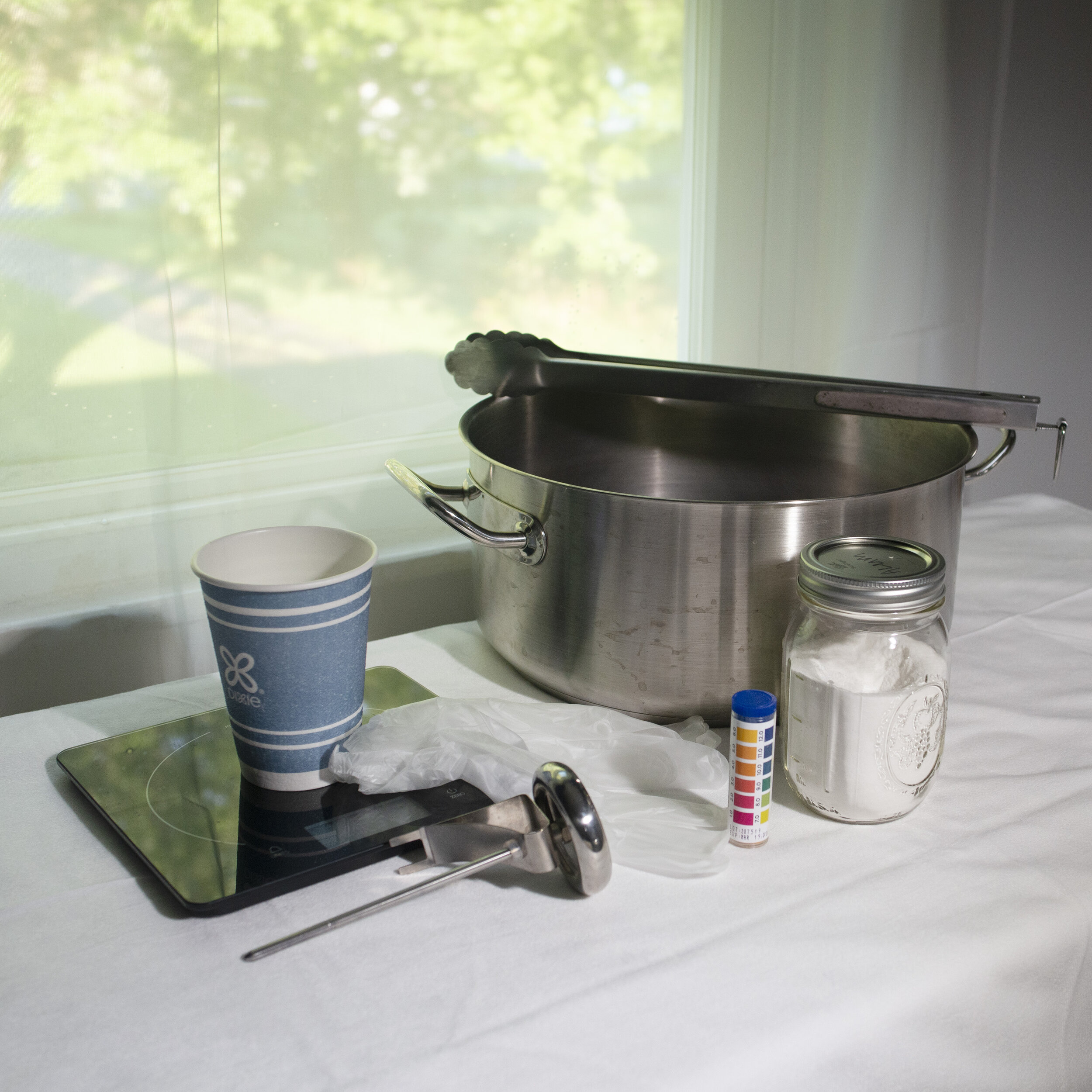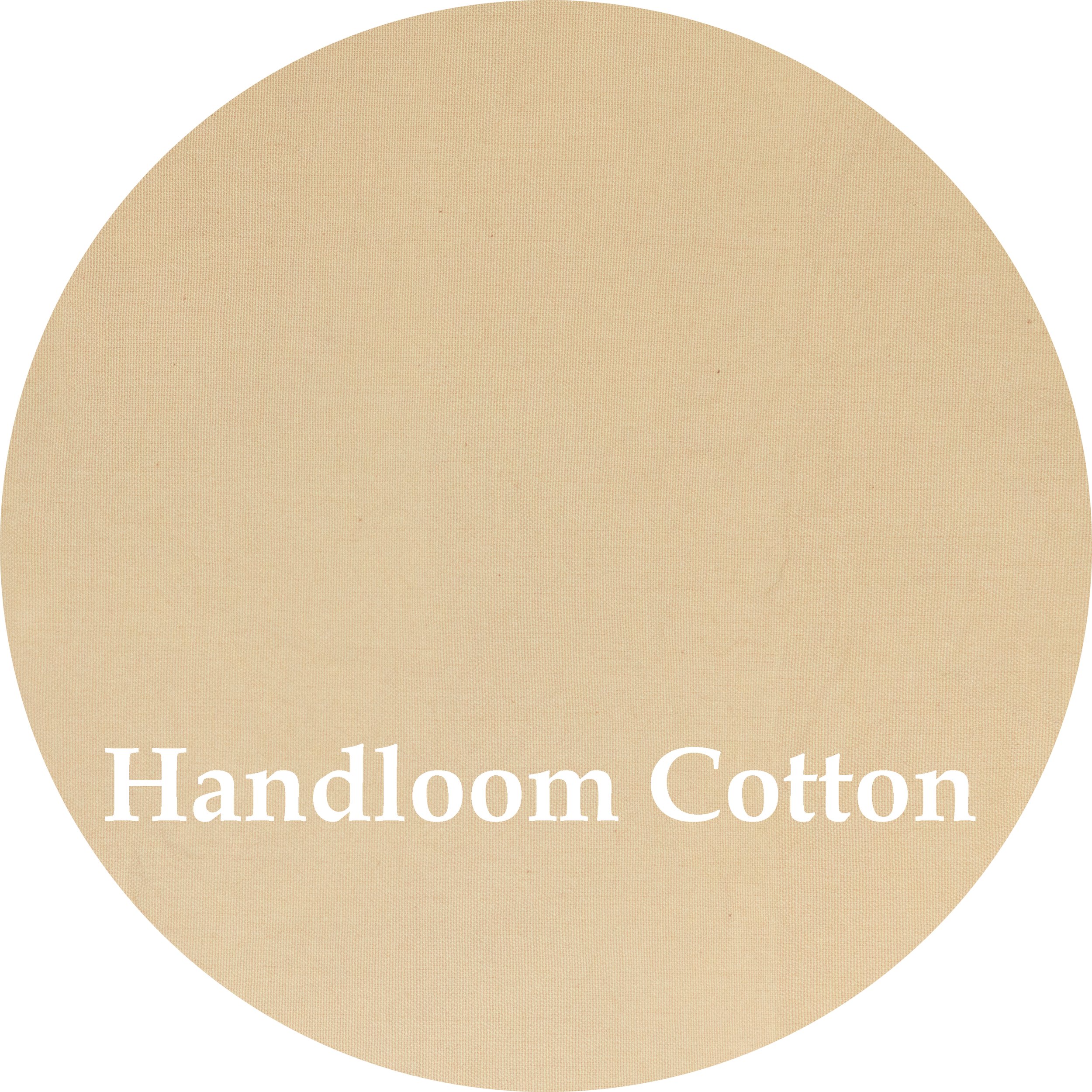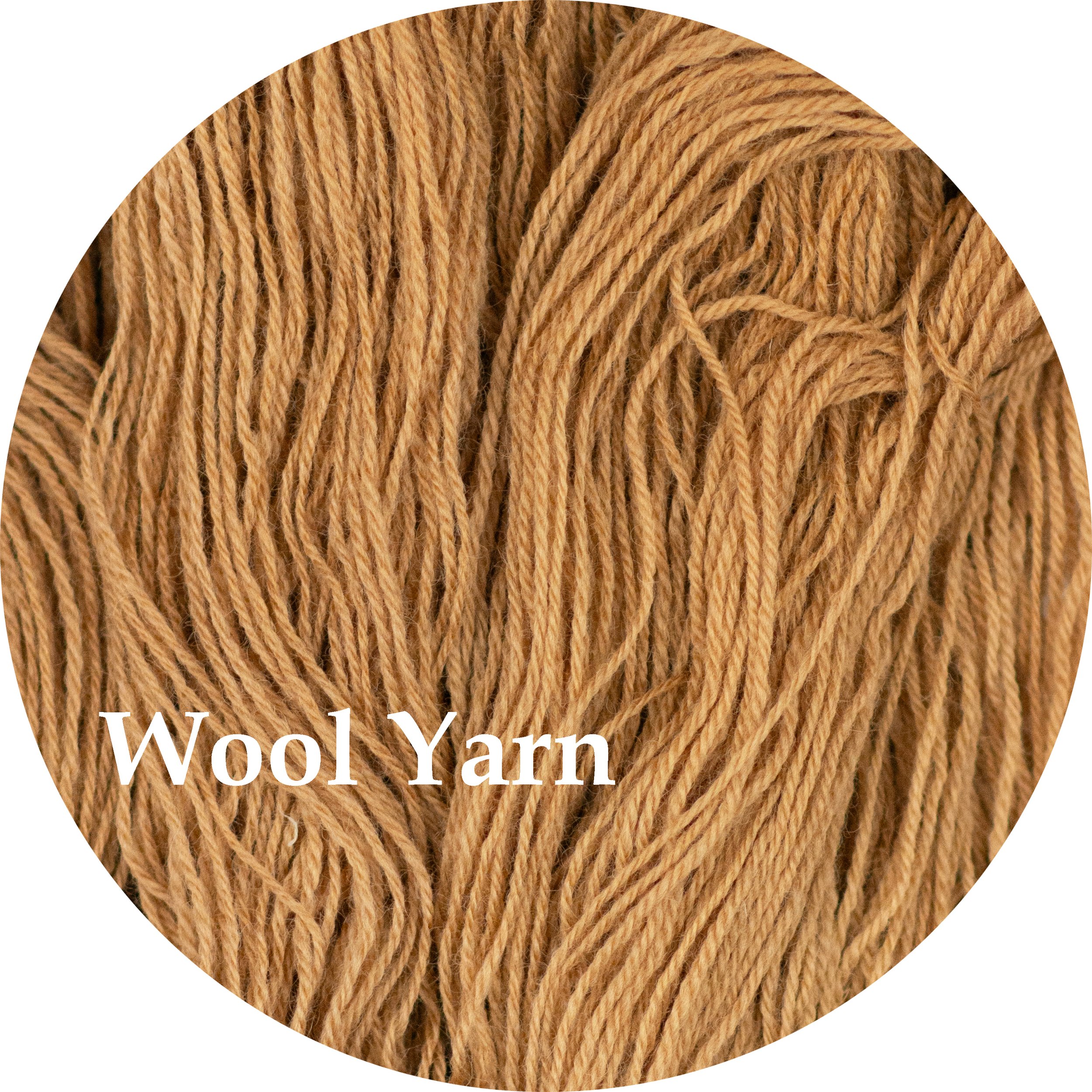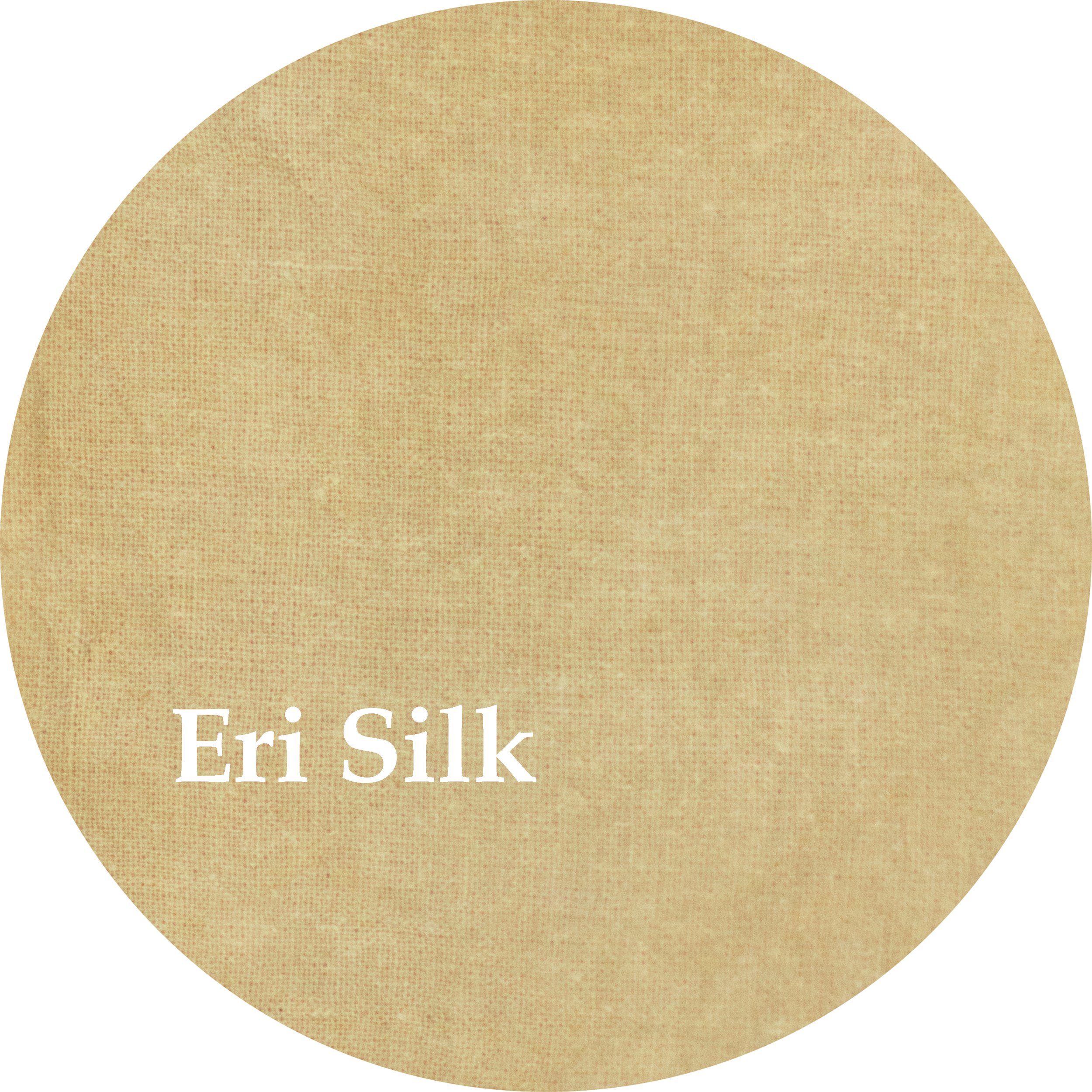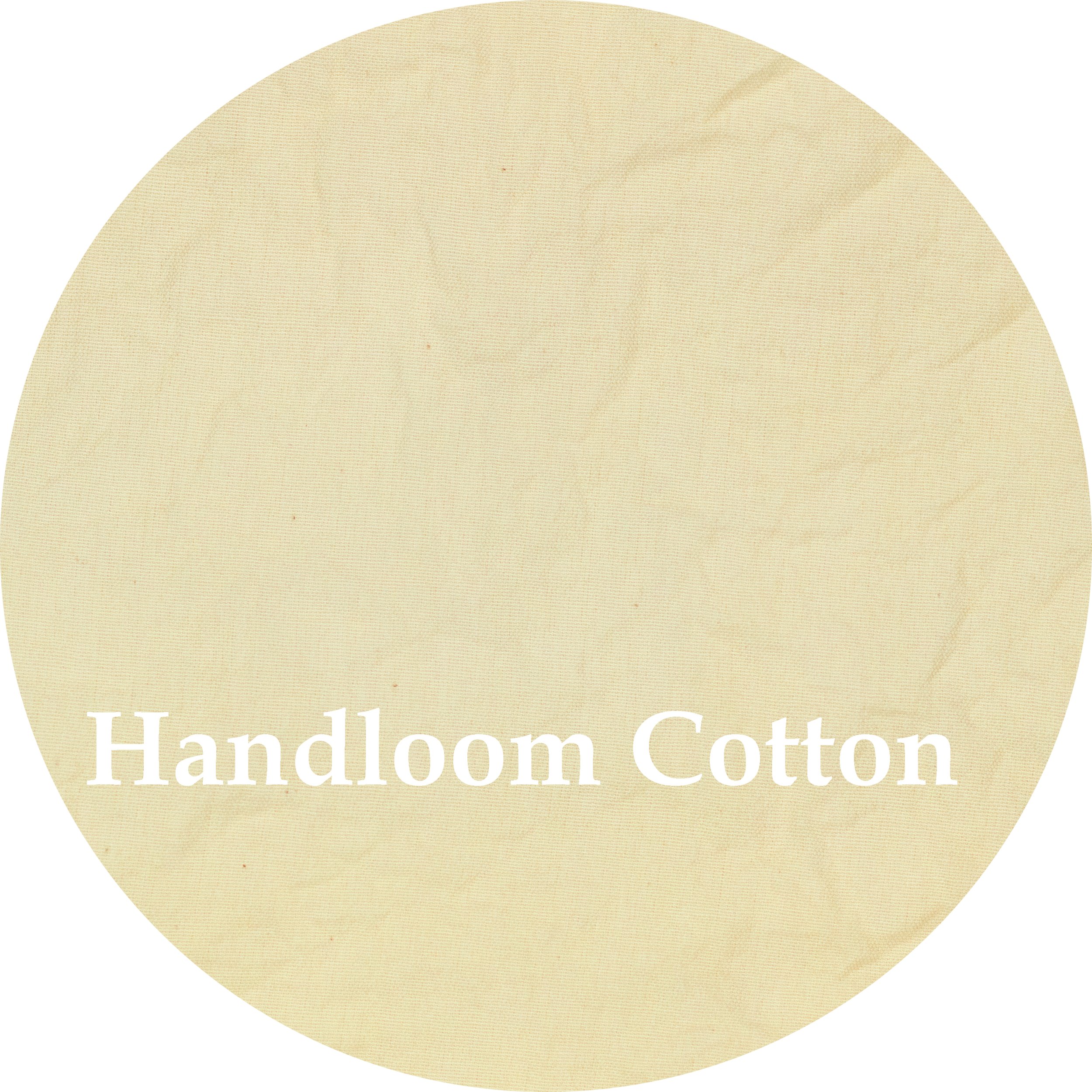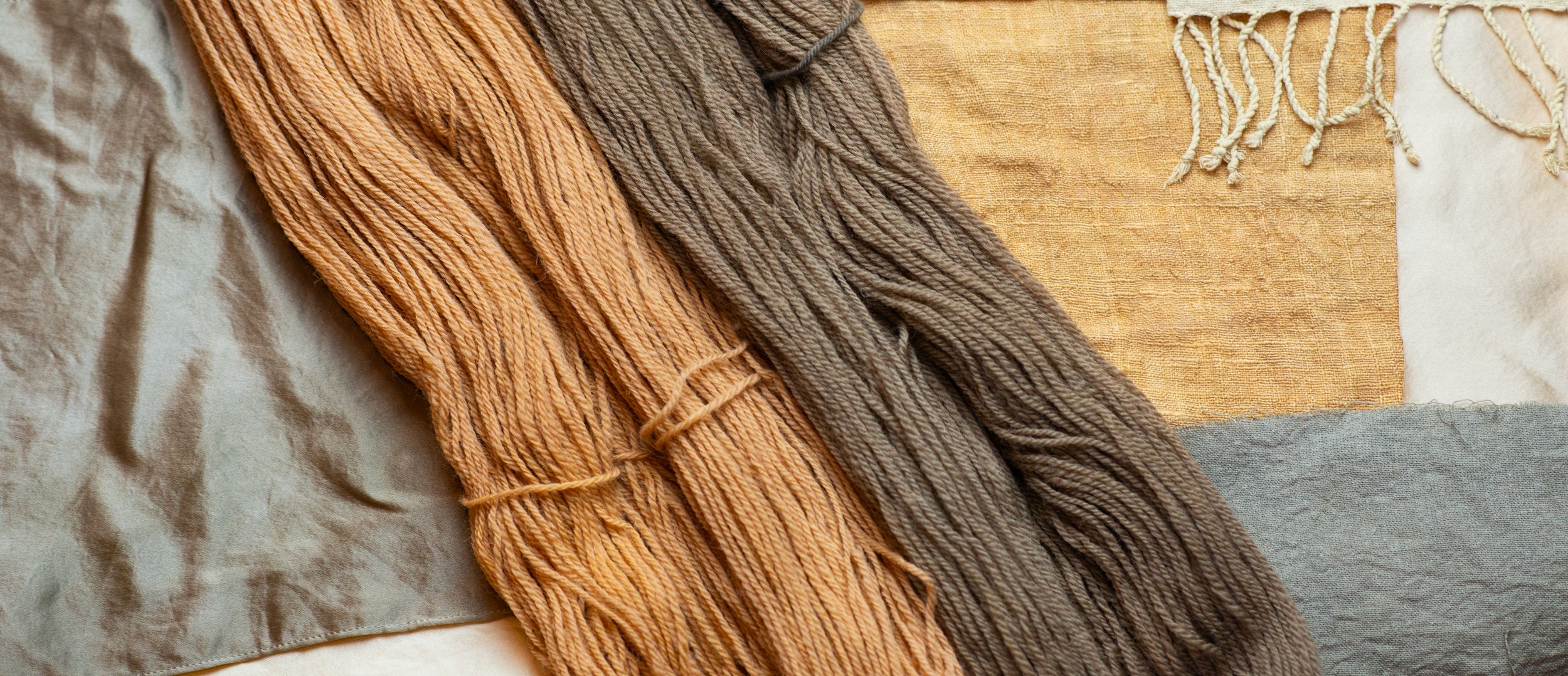
Moroccan Henna Extract
A Guide to Moroccan Henna
Shepherd Textiles Moroccan Henna Extract is made from the leaves of the henna plant lawsonia inermis. Henna is one of the oldest of all dyestuffs, with a history that goes as far back as the Pharaonic Era of ancient Egypt. The main pigment is an orange-brown compound called lawsone, but henna is also rich in natural tannins. It is used as a hair dye and a fabric dye, and perhaps most famously as the source of “mehndi,” the beautiful brown skin decoration applied throughout South Asia. It gives very pleasant shades of sandy brown or olive on natural fibers, depending on the mordant. Use at 20% weight-of-fabric for medium shades. Made in France from henna plants grown in Morocco.
1. Background on Henna
Coming soon…
An Ancient Dye for Skin, Hair, and Fiber
2. Safety Precautions
DO NOT INGEST. This product is intended for textile dyeing, not as an herbal supplement.
Avoid eye contact. If eye contact occurs, rinse with cool water.
Not for use as a cosmetic additive; do not apply directly to skin or hair. This extract is not intended for use as mehndi (skin dye).
Open carefully to avoid spilling or creating dust.
If a spill occurs, quickly wipe up with a paper towel or disposable rag.
Use only dye pots and utensils dedicated to dyeing. Do not use any pots, containers, spoons, tongs, thermometers, or other utensils that will be used for food preparation.
Moroccan Henna Extract, and all dye baths and mordant liquors made while dyeing, should be kept out of reach of children and pets. Use only with adult supervision.
Shepherd Textiles, LLC is not liable for any misuse of this product or any unintended staining of your clothing, workspace, or other property. Use only as directed.
3. Recommended Supplies
Dye pot. Use a dye pot large enough to hold all your fibers, with plenty of room for them to move around and for the liquid to circulate freely.
Metal tongs. A pair of tongs is useful for stirring and taking fabric out. Use tongs dedicated to dyeing, and not for food preparation.
Rubber gloves. Wear rubber gloves while handling mordanted/dyed fiber before it has been rinsed.
Candy thermometer. The best way to keep track of temperature is to use a candy thermometer that clips to the side of the dye pot.
Scale. Use a scale to weigh out fiber, mordant, and dyestuff.
Alum mordant. Alum mordant (potassium aluminum sulfate) is the same alum sold in the spice aisle at the grocery store.
Iron mordant. Iron mordant (ferrous sulfate) is sometimes labeled ferrous sulfate heptahydrate; it can be purchased from online marketplaces or specialist stores.
4. Preparation: Scouring and (Maybe) Mordanting
Moroccan Henna Extract is rich in tannins and can be applied with the “stuffing and saddening” (post-mordanting) method. When used in this way, no premordanting is necessary. However, it can also be applied to fibers that have been premordanted with alum to get a slightly warmer shade of brown. Instructions for premordanting are described below. Regardless of how they are mordanted, the fibers should be well scoured (cleaned) before starting - otherwise the dye job may turn out uneven.
For wool fibers (wool, alpaca, etc.): Mordant with 10% alum and 11% cream of tartar.
Weigh out the fibers you plan to dye (while they are dry). Multiply that weight by 0.10 to calculate the amount of alum you will need, and 0.11 to calculate the amount of cream of tartar.
Fill your dye pot with hot tap water, leaving enough room for the fiber.
Weigh out the correct amount of cream of tartar and pour it into the dye pot. Mix with a spoon or metal tongs until it has dissolved.
Next, weight out the correct amount of alum and add it to the dye pot. Mix until well dissolved.
Gently place your fibers into the mordanting solution.
Heat mordant bath to 180°F and maintain heat for 1 hour. If you don’t have a candy thermometer, you will have to estimate the temperature. At 180°F, steam vapor will be rising off the water but it will not be bubbling. If your mordant bath starts to bubble, turn down the heat.
Stir every 15 or 20 minutes to make sure fibers mordant evenly. Otherwise, an uneven dye job may result.
After an hour, remove from heat and let cool to room temperature. Once cool, you can immediately proceed to rinsing, or you can leave the fibers to steep overnight in the mordant bath. This can dramatically improve results when dyeing thick yarn or tightly woven fabrics.
When ready to rinse, put on rubber gloves and gently squeeze excess mordant solution back into the pot. Rinse fibers well in lukewarm water. Set aside until ready to dye. Keep out of reach of children and pets.
Dispose of mordant solution according to local guidelines.
For silk: Mordant with 15% alum.
Follow the directions for mordanting wool described above. However, use 15% alum and omit the cream of tartar.
For cellulose fibers (cotton, linen, etc.): Treat with a tannin before mordanting.
Moroccan Henna Extract gives fairly pale results on cotton, and might not be the best dye for plant fibers. However, if you want to give it a try, instructions for properly tanning and mordanting cotton are described below.
Scour (clean) the cotton by adding 1 tsp of soda ash and 1 drop of dish soap to a 5-gallon dye pot. Add the cotton and heat to 180F-190F for an hour, stirring occasionally. Remove from heat, and when cool enough to handle, rinse and wring out well.
Apply Sumac Extract to the cotton to tan it. Fill your dye pot with just enough hot water for your fibers to move around freely - the more concentrated the tannin bath, the stronger the results will be. Dissolve 20% WOF Sumac Extract into the water. Add the cotton, raise the heat to 180-190F, and maintain for an hour. Remove from heat and allow to slowly cool to room temperature: for best results, steep overnight. After steeping, remove the cotton and gently squeeze out excess liquid (wearing rubber gloves), but do not rinse, as this may rinse out the tannins before they can bond to the mordant. For the very strongest results, hang the cotton up and let it dry before proceeding to mordanting.
Prepare an alum mordant bath using either (a) 20% weight-of-fabric alum + 5% soda ash (washing soda), or (b) 20% weight-of-fabric of aluminum lactate. Either option will create a relatively neutral pH mordant bath that bonds well with cotton.
Heat the mordant bath to 150°F or 160°F, place the cotton in it, and raise the heat to 190°F. Maintain for one hour, stirring occcasionally to make sure the fibers mordant evenly. After one hour, remove from heat. When cool enough to handle safely, remove fibers and rinse well in lukewarm water.

The Recipes
5. Recipe: Henna Brown
When applied to fibers premordanted with alum, Moroccan Henna Extract produces soft shades of brown with a bit of orange or yellow in them. It gives good results on protein fibers like wool and silk, but the results on cotton are fairly pale, even if the cotton has been properly tanned and mordanted.
Fill your dye pot with enough warm water for your fibers to move around freely.
Measure out 20% weight-of-fabric (WOF) of Moroccan Henna Extract and add to the dye pot. Stir well until dissolved.
Add your pre-mordanted fibers to the dye bath.
Raise the temperature to 180°F for silk or 190-200°F for wool and cotton, then maintain for 1 hour. Stir occasionally to make sure everything dyes evenly.
After 1 hour, remove pot from heat and allow the fibers to cool completely in the dye bath.
Remove the fibers with tongs and rinse well in lukewarm water. Hang them up to dry somewhere in the shade to help the color set.
For a final rinsing, we recommend using a PH-neutral detergent like Synthrapol that is designed to wash out loose dye. Follow the manufacturer’s directions for best results. CAUTION: Moroccan Henna Extract may bleed if not thoroughly rinsed out after dyeing.
Hang up to dry.
6. Recipe: Sandy Brown
Like many tannic dyes, Moroccan Henna Extract gives good results with the “stuffing and saddening” method, otherwise known as postmordanting. Unmordanted fibers are simmered with the dye for an hour, then allowed to steep and soak up as much tannin matter as possible. Afterwards, they are transferred to a separate alum mordant bath. This recipe creates a more yellow shade of brown..
Fill your dye pot with enough warm water for your fibers to move around freely. However, do not add more than is necessary - less water will create a more concentrated solution, which will help develop darker colors.
Measure out 20% weight-of-fabric (WOF) of Moroccan Henna Extract and add to the dye pot. Stir well until dissolved.
Add your unmordanted (but well scoured) fibers to the dye bath.
Raise the temperature to 180°F for silk or 190-200°F for wool and cotton, then maintain for 1 hour. Stir occasionally to make sure everything dyes evenly. This will “stuff” the fibers with henna tannins.
After 1 hour, remove pot from heat and allow to cool. For the darkest colors, let the fibers cool completely in the dye bath.
When you are ready to proceed, create a separate alum saddening bath. Fill a dye pot with enough warm water for your fibers to move around freely. Add 10% alum and mix well until combined. Heat the saddening bath to about 120°F or 130°F.
Remove your fibers from the dye bath and let most of the excess liquid drip back into the pot. If there is a lot, you can squeeze some of the excess liquid out, but do not rinse the fibers*.
Add your fibers to the alum saddening bath and raise the temperature to 190F. Maintain for 20 minutes.
After 20 minutes, take the dye pot off the heat. As soon as the fibers are cool enough to handle safely, remove them with tongs and rinse well. Hang them up to dry somewhere in the shade.
For a final rinsing, we recommend using a PH-neutral detergent like Synthrapol that is designed to wash out loose dye. Follow the manufacturer’s directions for best results. CAUTION: Moroccan Henna Extract may bleed if not thoroughly rinsed out after dyeing.
Hang up to dry.
*NOTE: The logic behind this is that you do not want to introduce too much excess dye bath liquid into the saddening bath, because it will bond to and waste some of the alum mordant. However, you also do not want to rinse the fibers because that would rinse out a lot of the tannins that are soaked into them. A little dye bath liquid getting in is nothing to worry about, so do not go to too much trouble trying to squeeze the fibers completely dry.
7. Recipe: Olive Brown
Changing the saddening agent from alum to iron will result in darker, olive-tinted shades. On wool it produces a khaki olive color; on t-shirt cotton, a pale but very pleasant cement gray appears. Although we have not experimented with them here, other mordants could also be used for saddening. Instead of alum or iron, 5% copper or 1% tin might be a good place to start.
Follow the instructions for Sandy Brown in Section 6. However, when you reach the point of building the saddening bath (Step 6), substitute 4% iron (ferrous sulfate) for the alum. Continue with the recipe.
NOTE: Iron is much harsher on wool than alum is, so you do not want to leave wool in an iron saddening bath any longer than necessary. If your wool fibers “sadden” (turn dark brown) in less than 20 minutes, you can go ahead and pull them out of the saddening bath and rinse them. Loosely spun yarn may only need 5 or 10 minutes once the saddening bath reaches temperature; tightly spun yarn or tightly woven fabrics will need more. Cotton and silk are more resilient to iron and can withstand the full 20 minutes in the bath.
CAUTION: Iron mordant (ferrous sulfate) is harmful if ingested and may cause irritation of the skin, eyes, and mucuous membranes. Inhalation of ferrous sulfate dust may irritate the lungs. Read your manufacturer’s SDS (Safety Data Sheet) before using ferrous sulfate and observe all recommended safety precautions. Wear gloves, a mask, and eye protection when working with iron mordant, iron mordant baths, and fibers mordanted with iron that have not been rinsed. Store iron mordant and iron mordant baths out of reach of children and pets.
All images and text are copyright of Shepherd Textiles, LLC. Do not reproduce without written permission and attribution.




